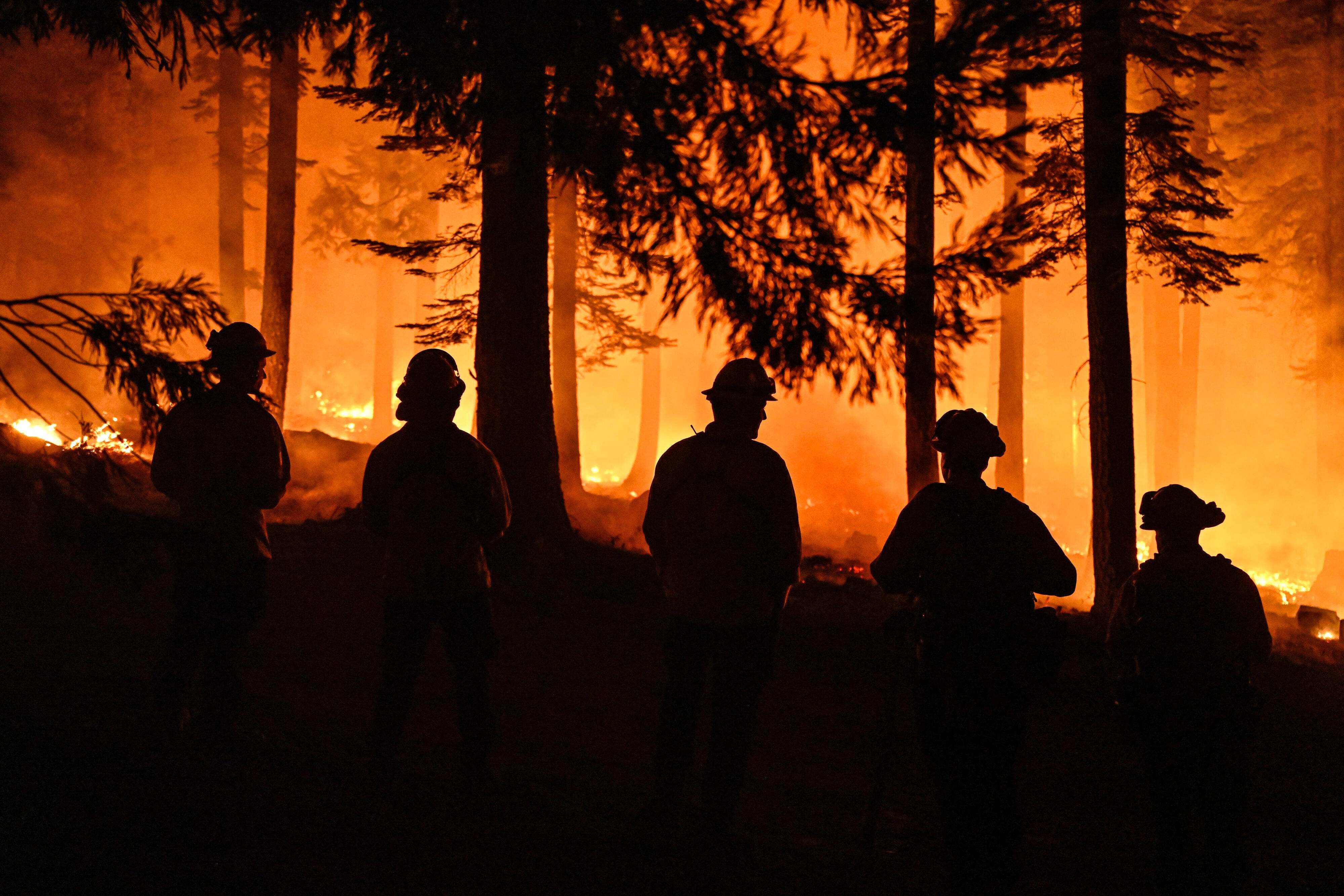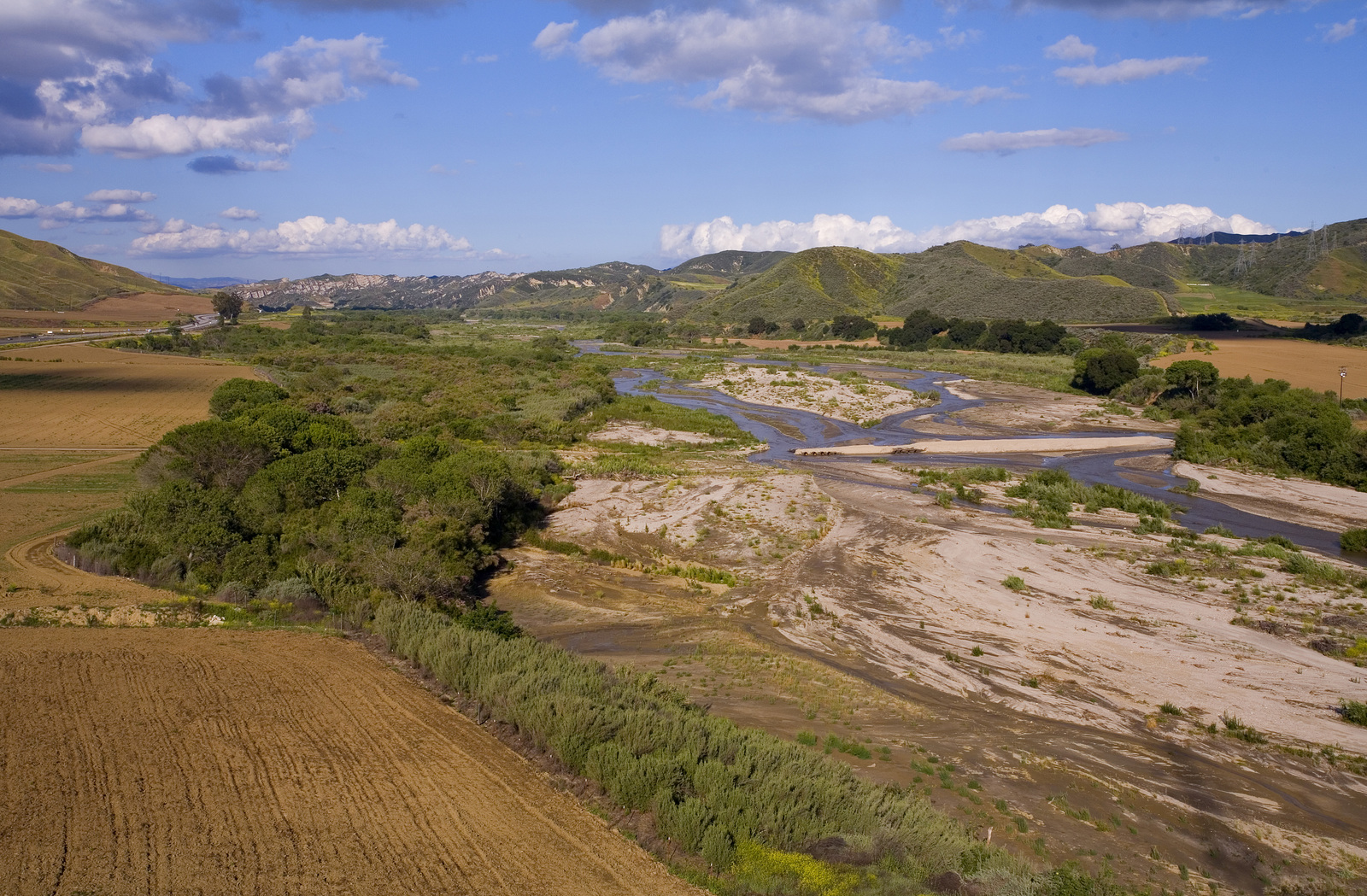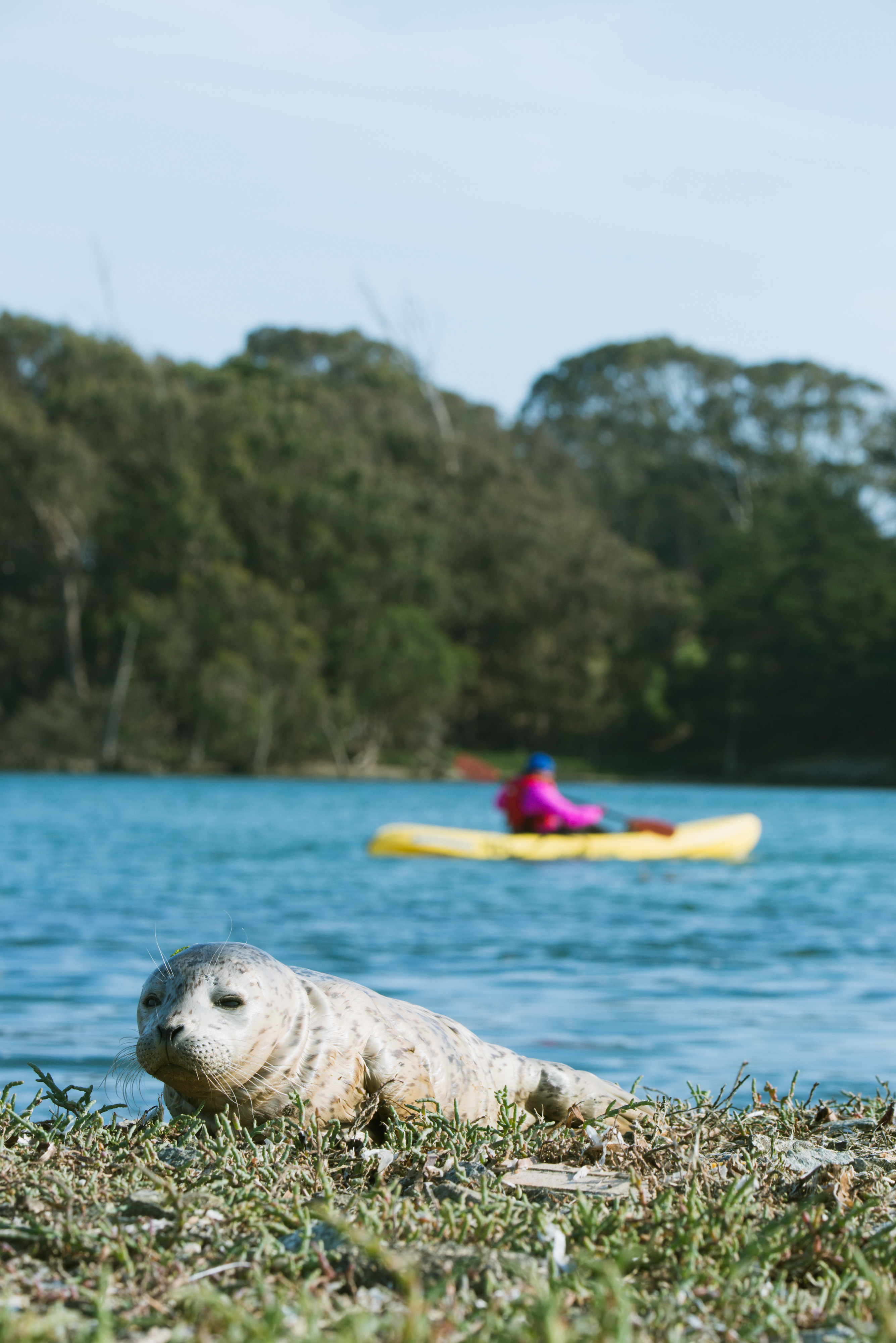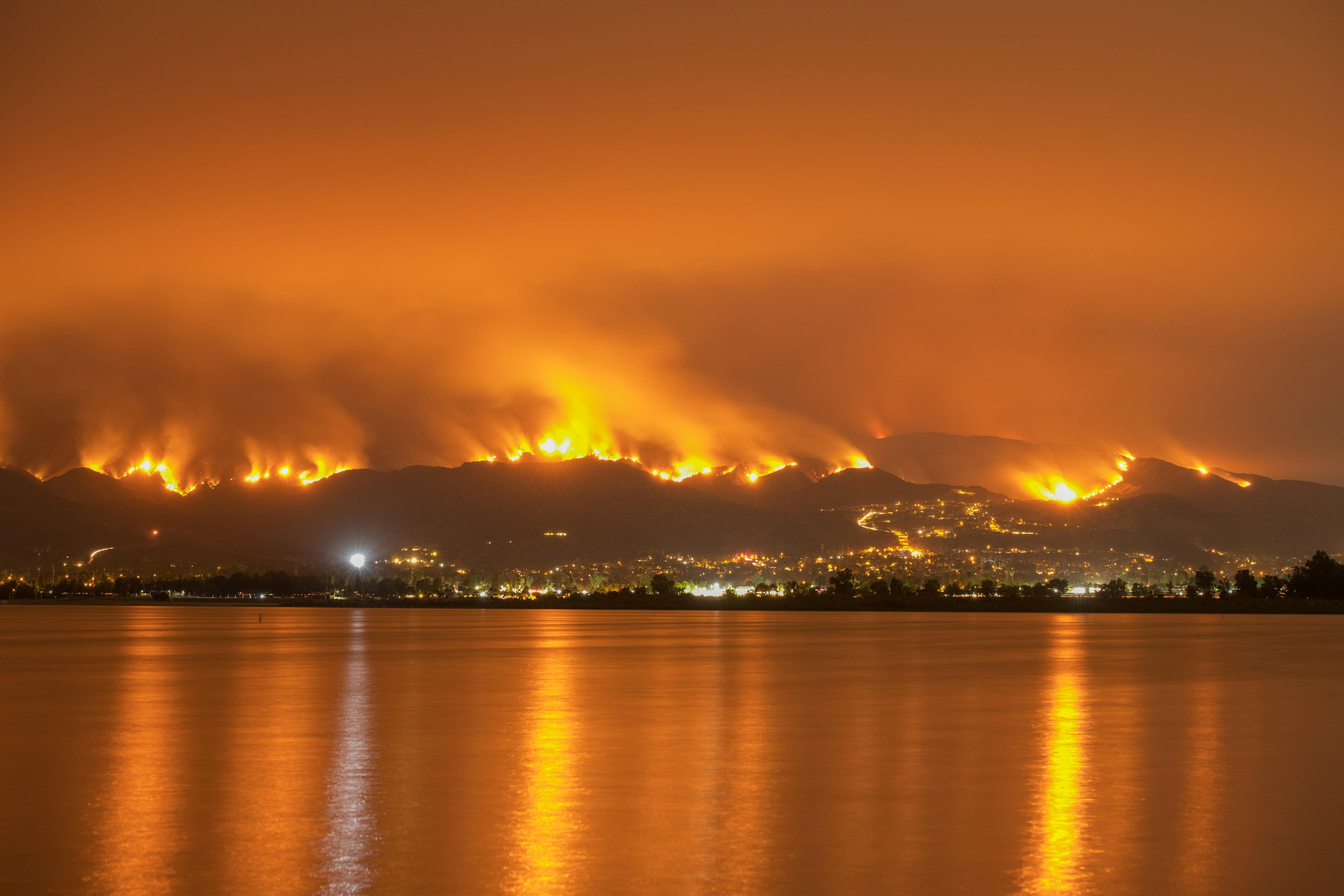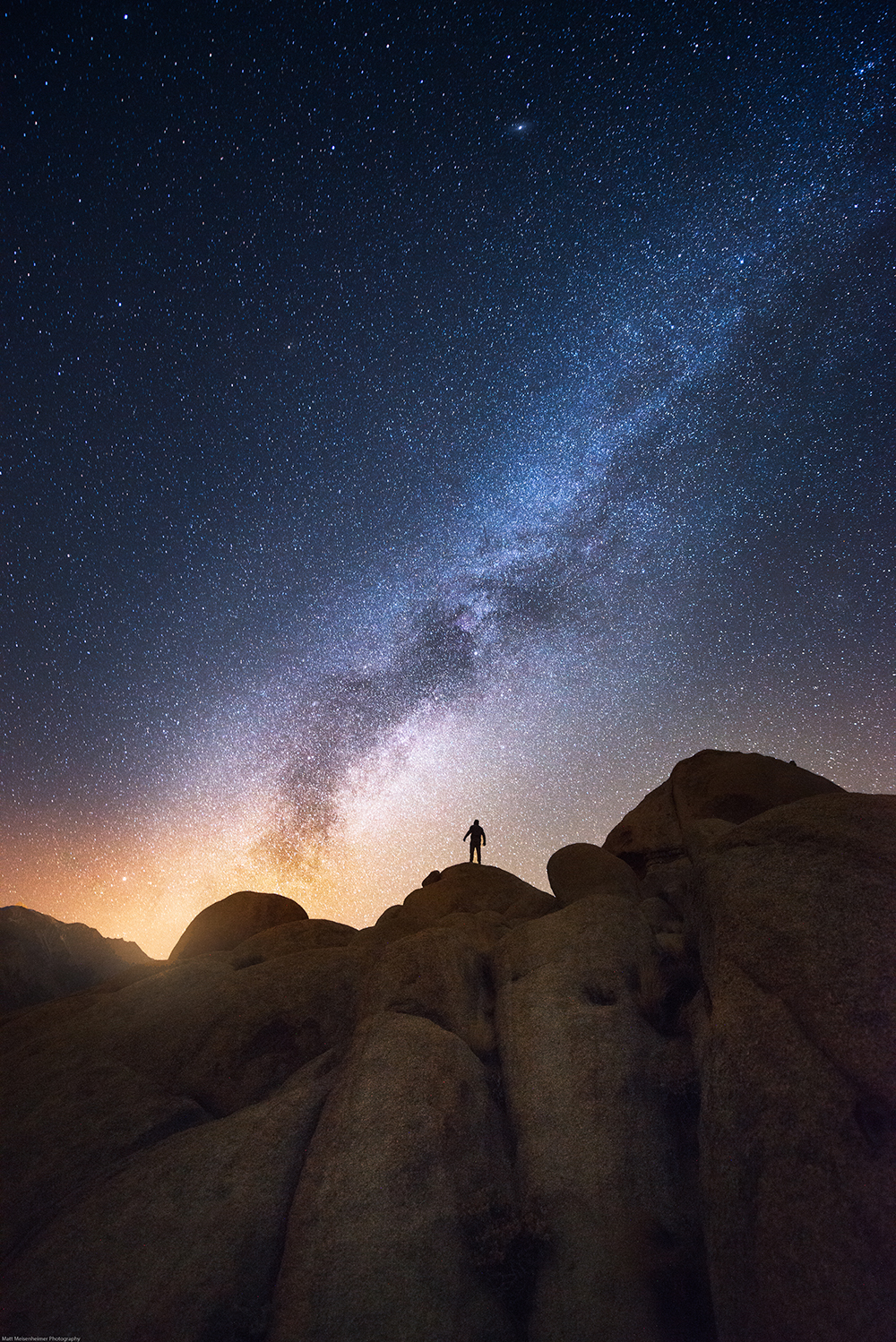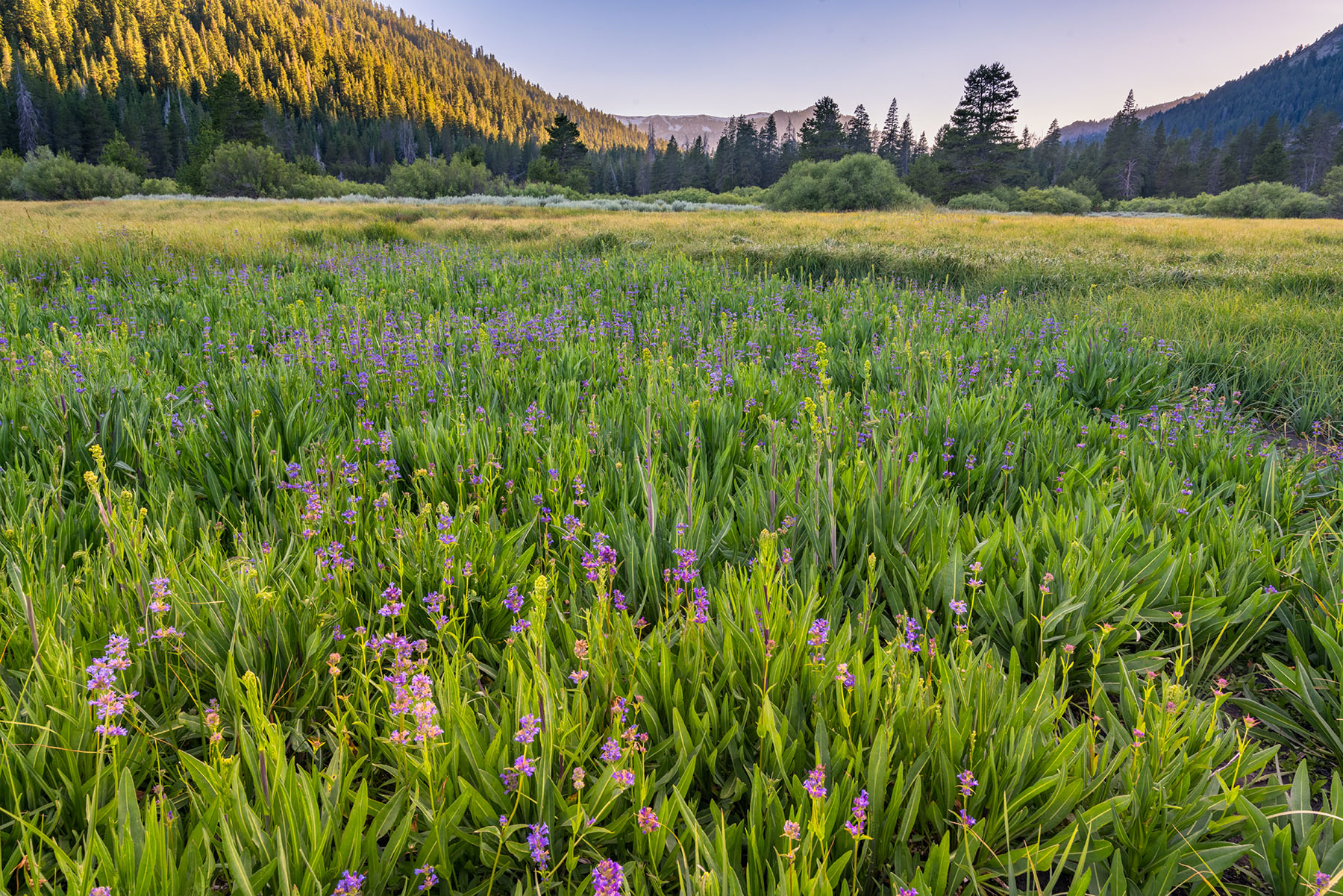
We rely on nature for the air we breathe, the water we drink and the food we eat. But nature can also protect us from the worst effects of climate change. Nature can help us achieve one-third of the global greenhouse gas reductions needed to make our planet safer.
Be a part of TNC’s plan to protect California, because nature’s future is our future.
Our Plan for California
Learn more about our programs and the key strategies we’re using to protect our future.
The Latest from TNC
-
NEWS | Why We’re All In on Prop 4
Proposition 4 will be on this November ballot! TNC strongly supports this climate bond for safe drinking water, wildfire prevention, drought preparedness and clean air. Learn more about the climate bond.
-
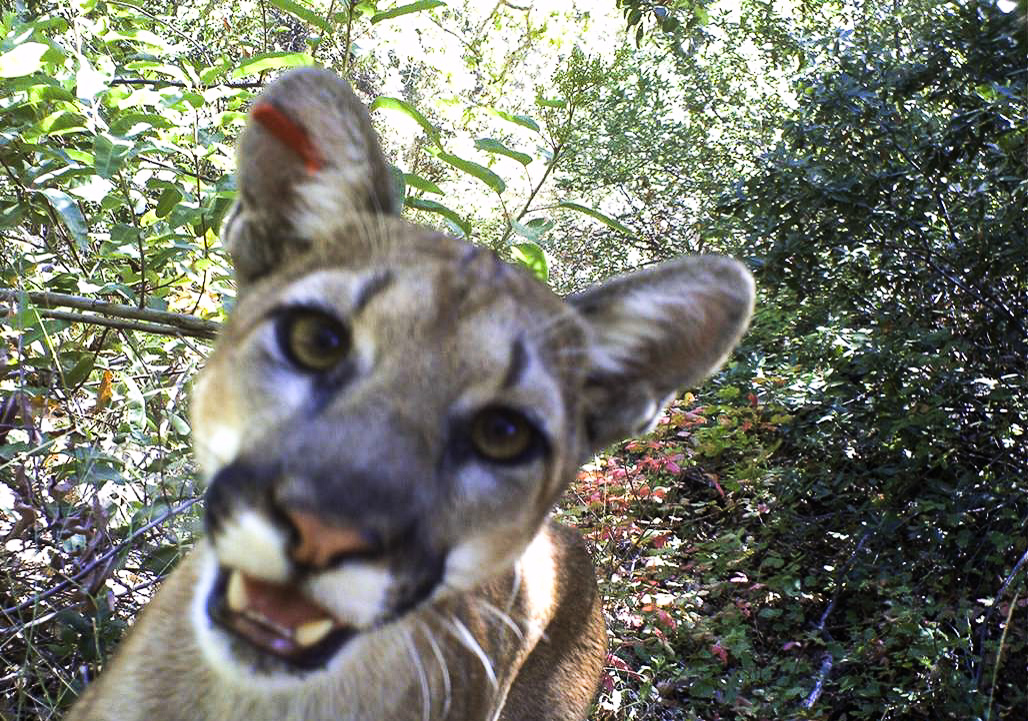
WEBINARS | Join us for “The Future Of…”
From expanding habitat for iconic wildlife to siting clean and green energy, go behind-the-scenes with our experts and discover how we get it done in our fall webinar series. Register today!
-

EXPLORE | Guam Sihek Finds Hope at Palmyra Atoll
We’re celebrating an incredible milestone: nine previously extinct-in-the-wild sihek (Guam kingfisher) arrived at Palmyra Atoll in August. Now, the species is flying in the forest for the first time in over 35 years. Follow this incredible story.
Featured Video
A Stunning Look at Saving Coral
California Preserves
One of the best ways to learn about conservation is to witness it firsthand by spending time in nature. Learn about the many Places We Protect and how TNC uses land protection as a strategic tool to fight climate change. Find a preserve to visit near you!




